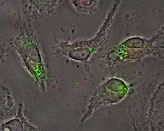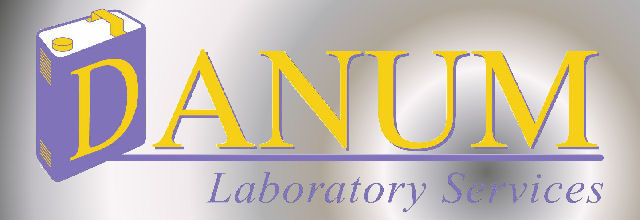
Legionella bacteria are common in natural water courses such as rivers and ponds. Since legionella are widespread in the environment, they may contaminate and grow in other water systems such as cooling towers, evaporative condensers of large air-conditioning systems, whirlpool spas and hot and cold water services. They survive low temperatures and thrive at temperatures between 20°C - 45°C if the conditions are right, e.g. if a supply of nutrients is present such as rust, sludge, scale, algae and other bacteria. They are killed by high temperatures. The bacteria reproduce rapidly to high numbers in warm, stagnant water at 32°- 41°C. Improved design and maintenance of cooling towers and plumbing systems to limit the growth and spread of Legionella organisms are the foundations of legionellosis prevention.
Businesses, public authorities and their managers have a legal duty, under the Health & Safety at Work Act 1974 and the Control of Substances Hazardous to Health Regulations 1999, to manage and control the risk of exposure to Legionella bacteria.
Failure to comply can and does lead to prosecution of individuals and organisations.
Duties under the law are:
Under general health and safety law, you have to consider the risks from legionella that may affect your staff or members of the public and take suitable precautions. As an employer or a person in control of the premises (e.g. a landlord), you must:
- identify and assess sources of risk
- prepare a scheme (or course of action) for preventing or controlling the risk
- implement and manage the scheme- appointing a person to be managerially responsible, some-times referred to as the ‘responsible person’
- keep records and check that what has been done is effective
- and, if appropriate, notify the local authority, in writing that you have a cooling tower(s) on site and where they are situated under the Notification of Cooling Towers and Evaporative Condensers Regulations
- You must also tell them when/if such devices are no longer in use. Notification forms are available from your local Environmental Health Department.
If you have a case of legionellosis in an employee who has worked on cooling towers or hot water systems that are likely to be contaminated with Legionella, you have to report this under the Reporting of Injuries, Diseases and Dangerous Occurrences Regulations.
On average there are 200-250 reported cases of Legionnaires’ disease in the UK each year. Outbreaks are often associated with cooling tower systems or hot and cold water systems.
Building managers are required to:
- Identify and assess the sources of risk
- Prepare a scheme for preventing or controlling the risk
- Appoint a person to be managerially responsible
- Implement and manage precautions
- Keep records of the precautions implemented
|
|

